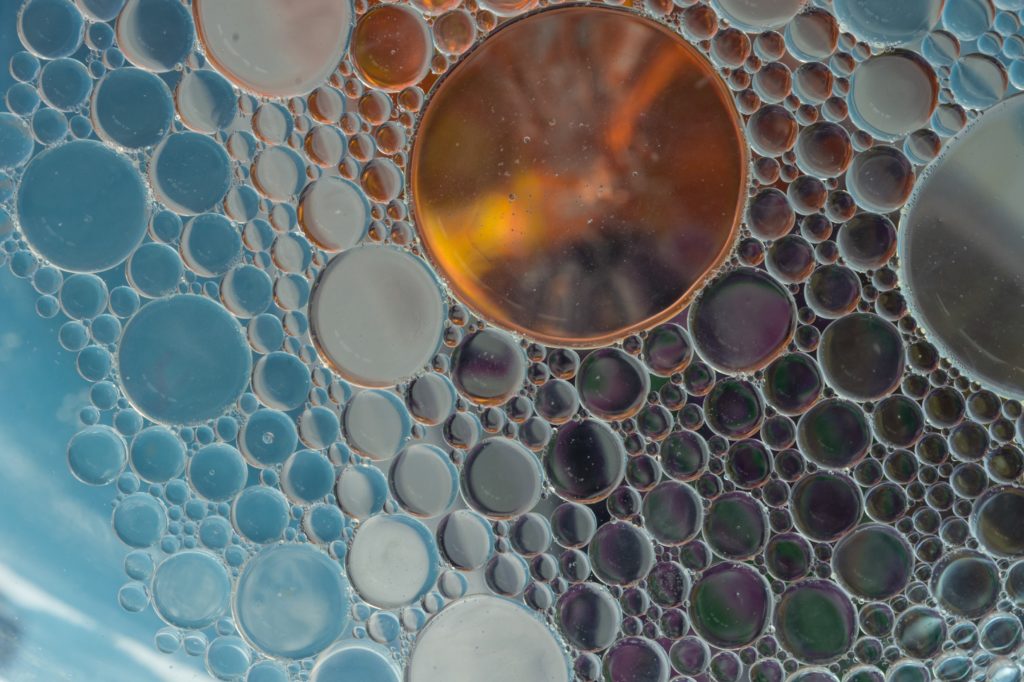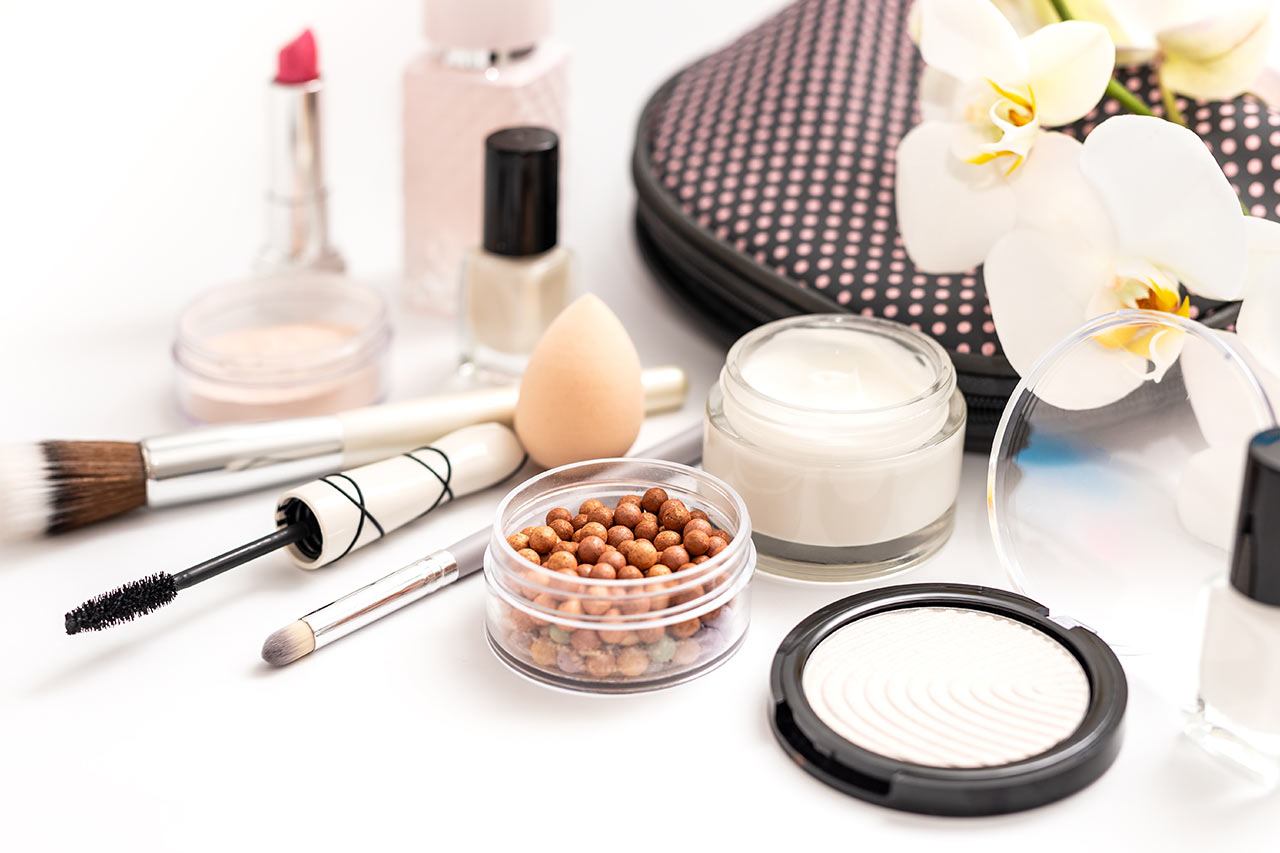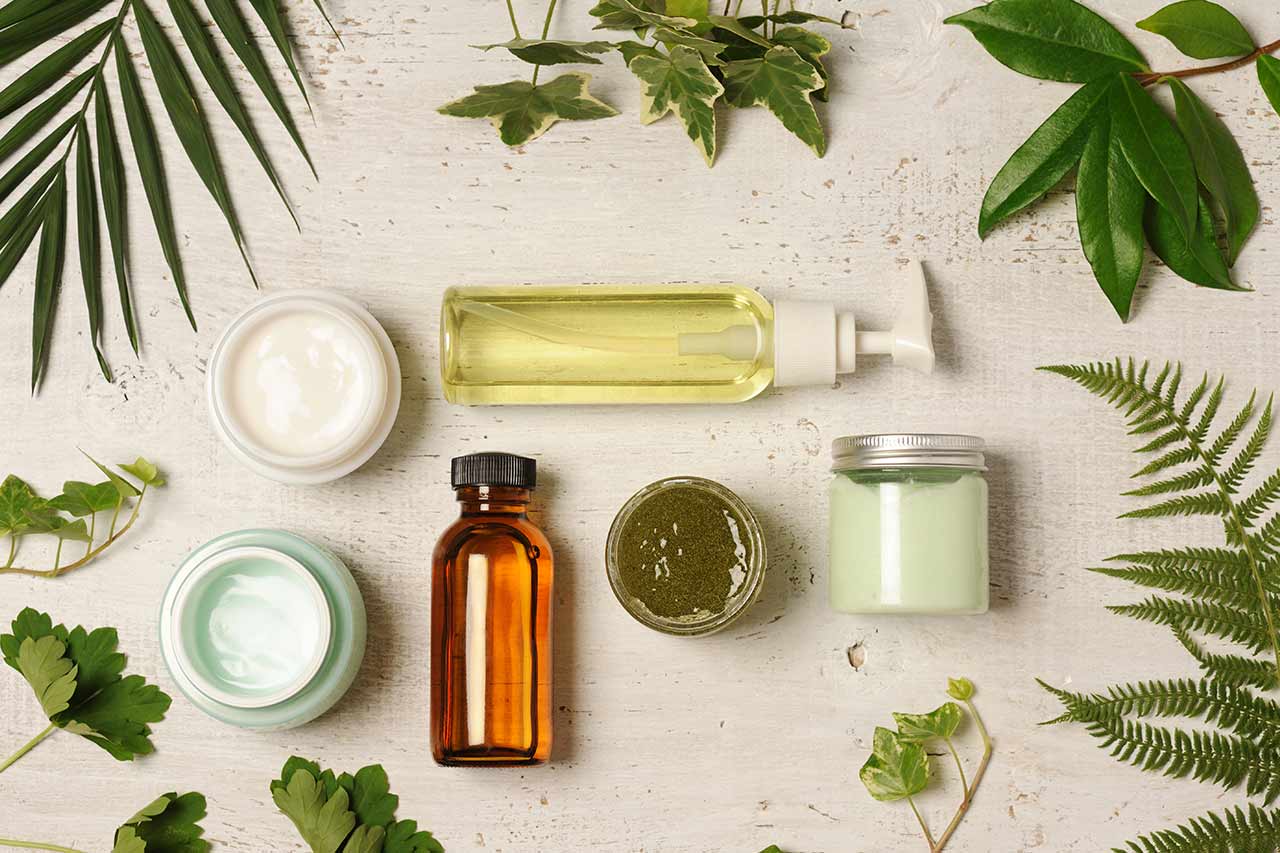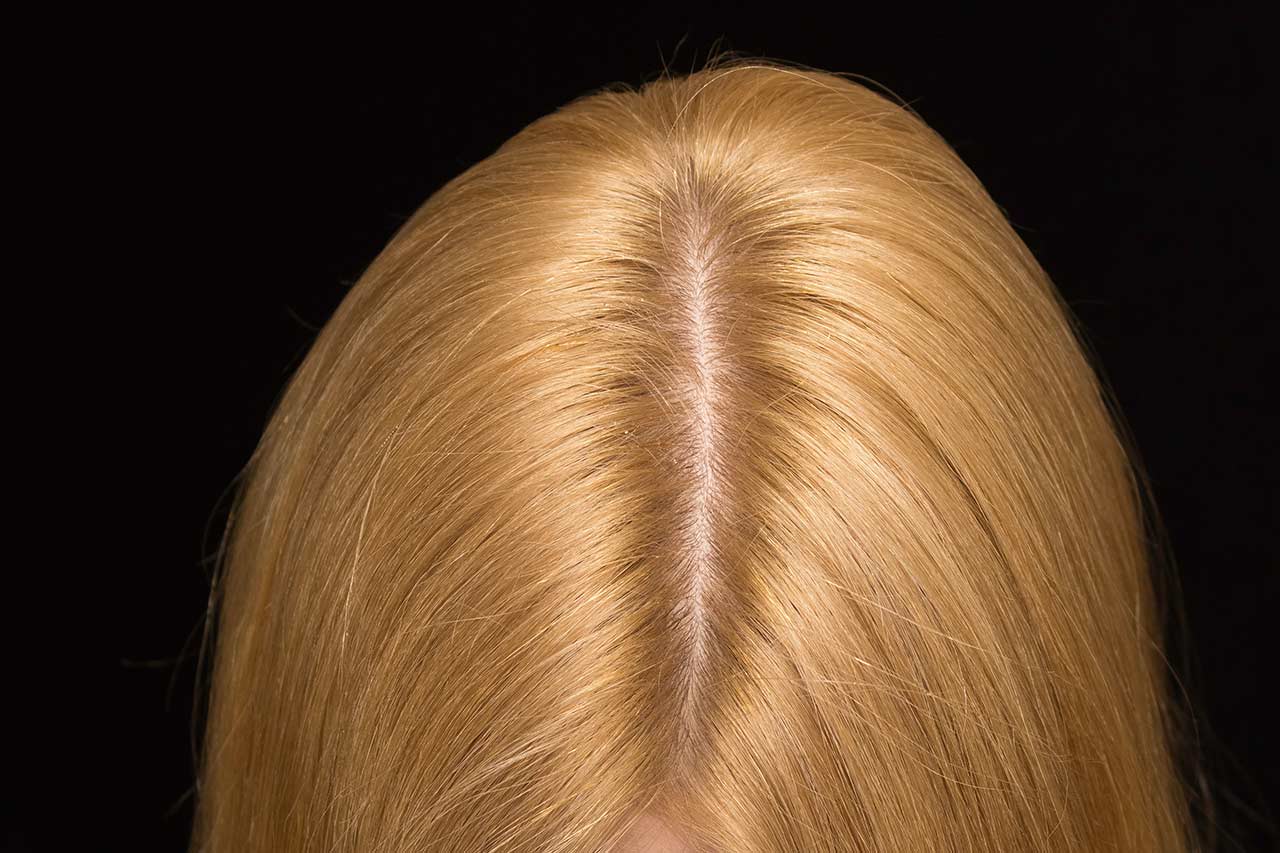Bio-based surfactants: a mature and widely used alternative in the surfactant industry
In compliance with the principles of green chemistry, bio-based surfactants are produced by chemical synthesis, but integrate sugars, lipids or proteins from renewable biological resources: oilseeds (palm, coconut …), algae, animal fats, etc. In 2021, they represent 50% of the global surfactant market!
Bio-based surfactants have thus established themselves as the main solution in response to sustainable development expectations and are compatible with the standard for natural and organic cosmetic ingredients (ISO 16128). In addition, thanks to their controlled production method, their properties can easily be adjusted to satisfy various uses.
However, bio-based surfactants can have several limitations. Indeed, the qualification of “bio-based surfactant” does not exclude the use of petrochemical derivatives. As a matter or fact, depending on the definition it can contain up to 5% of non-bio-based carbon.
Moreover, when it comes to the use of palm oil or coconut oil, for example, the surfactant industry in cosmetics may have to compete with the production of human food. This is not anecdotal, alkyl polyglycosides (APG) are a class of widely used bio-based surfactants and are produced from palm oil and starch: two products used in the food industry.
Biosurfactants in cosmetics: different realities
Biosurfactants – unlike bio-based surfactants – do not involve chemical modification steps in their production process. These surfactants are produced by biotechnological means: either by microbial fermentation or by recovery from plants (extraction).
Thanks to metabolic engineering, it is possible to produce molecules with surfactant properties within microorganisms. The production of surfactants by microorganisms is based upon a fermentation process which is very well mastered and is currently considered for the production of sustainable surfactants. This emerging approach currently represents less than 0.1% of the market.
Because some microorganisms naturally produce surfactants, it is possible to produce biosurfactants without the need for genetic modifications. Indeed, the GMO-free criterion is particularly appreciated by consumers.
The use of microorganisms also offers the possibility to modulate metabolic pathways, allowing the properties of biosurfactants to be adjusted in cosmetics.
Finally, the microbial pathway is also potentially beneficial because it could recover co-products and / or biological waste from industries by using them as a source of carbon for microorganisms.
It is important to point out, however, that this mode of production has not yet been proposed on an industrial scale, although some major players are interested in it. For example, Unilever launched in 2019 a dishwashing liquid containing rhamnolipids – biosurfactants produced by bacteria.
Surfactants in cosmetics: the 100% plant-based approach for 100% naturalness?
An evolution of bio-based surfactants could also be the possibility of extracting surfactants naturally present in certain plants (no chemical transformation steps). For example, soybeans are rich in lecithin, a co-product widely used in cosmetics. Thus, this approach would make it possible to combine “100% natural” and “sustainable development”. This type of biosurfactant would fulfil the need for complete naturalness, but must, beyond acceptable performance, and produced at reasonable costs.
Beyond these two challenges, another environmental challenge exist. Indeed, if the plant of interest is grown far from the extraction facility, there is a non-negligeable risk that the carbon footprint will be significant. In addition, plants are complex organisms with significant variability, which tends to influence the quality and quantity of surfactants produced and have an impact on purification, quantities produced, …
By developing bio-based surfactants in cosmetics, the surfactant industry has committed itself to a greener future. Thus, biosurfactants appear as the second step in this ecological shift. Their potential is still limited however by their high price and an environmental impact that is difficult to control from start to finish. As long as these hurdles are not overcome by biosurfactants, both approaches will coexist with biobased surfactants being the favored approach. Do you want to explore the world of biosurfactants or natural alternative products? Alcimed is here to support you!
About the author,
Ardem, Project Manager in Alcimed’s Cosmetics team in France



